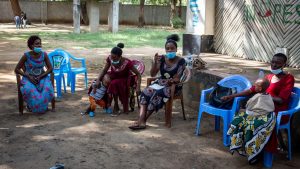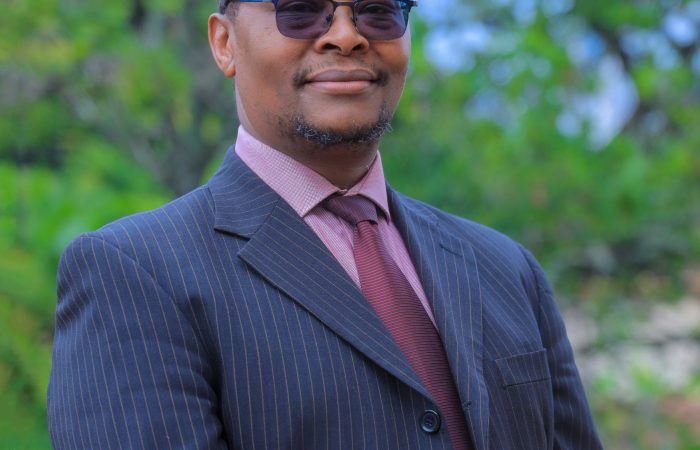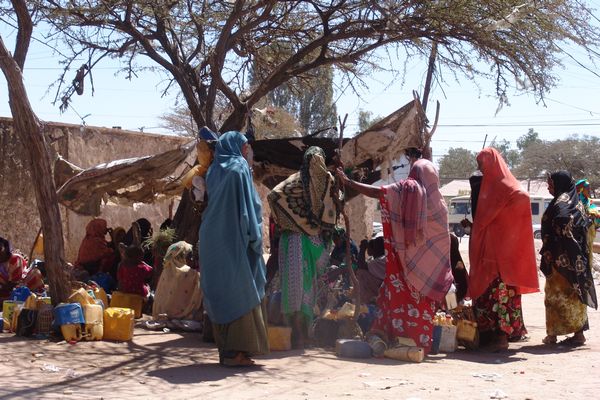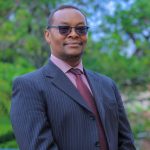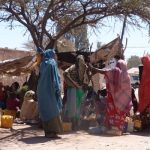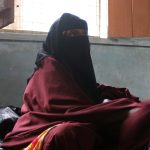AVF’s interactive radio and SMS methodology was deployed to gather citizens’ views on Antimicrobial Resistance in Kenya
A listening group in Kilifi county, Kenya. Credit: Elphas Ngugi/GPSDD.
By Samatar Abdi, Project Manager, Africa’s Voices Foundation
The global pandemic has reshaped how we interact, making it more difficult than ever to bring people together to share knowledge and exchange ideas.
Despite these challenges, here at the Africa’s Voices Foundation (AVF), we’ve continued to spark public discussions on a range of high-priority public health issues in Kenya. Using citizen-centered approaches, we listen to and capture people’s voices to drive change and strengthen the impacts of development, humanitarian, and governance programs. Most recently, we worked with the Global Partnership for Sustainable Development Data to gather new insights on antimicrobial resistance (AMR).
Citizen-generated data (CGD) is data that people or their organizations produce to directly monitor, demand, or drive change on issues that affect them. It is actively given by citizens, providing direct representations of their perspectives, and an alternative to datasets collected by governments or international institutions.
Our collaboration with the Global Partnership for Sustainable Development Data focused on generating and disseminating insights on AMR in Kenya using Citizen Generated Data (CGD). You’ll find a detailed description of this in our new interactive report. The aim was to better understand citizens’ perceptions, views, and behaviors towards AMR, using insights gathered through CGD to formulate key actions for communities, government, health workers, and researchers that build on the National Action Plan.
Kenyans contributed to the discussions through interactive radio shows in local languages, SMS, listening group discussions, and key informant interviews across the counties of Kiambu, Kilifi, and Bungoma. These took place across ten weeks during May to July 2021. We hosted 38 interactive radio shows and received more than 20,000 text messages from over 5,000 individuals.
Here are five lessons we’ve learned from our work collecting and using CGD across Kenya, on AMR and across other public health issues:
- Trust is key to gathering honest insights
Trust is key to having open and honest conversations. Yet, all too often data collection isn’t underpinned by building a foundation of trust with people and communities you are aiming to engage and can feel extractive. Additionally, peer-to-peer influence is more powerful than unidirectional dissemination of information. Using radio and SMS in tandem can help us do this at scale. AVF has tapped into trusted FM stations and AMR experts to tailor content to specific audiences.
Accurately informed and engaged citizens are more likely to trust the media space and meaningfully contribute to the discussions. For instance, in our AMR programming, about 27% of our engaged audiences participated two or more times, showing trust in and loyalty to our media content.
2. Language matters: investing in interpretation is key
Unlike surveys, which can feel extractive, our data come from text message exchanges with people alongside collective discussions through interactive radio. Allowing people to express their views in their own languages is central to the ethos of collective action. We broadcasted our AMR interactive radio shows in local languages such as Swahili, Bukusu, and Gikuyu. Citizens’ comments were then analyzed by researchers who are fluent in the local dialects.
3. Taking time to contextualize the data
In-depth contextual analysis provides a deeper understanding of the feedback shared in the context of local communities and issues. In our AMR-focused work, paying attention to nuances in the insights collected throughout the radio programming helps inform media engagement and framing of the issues around AMR. For instance, participants from Kiambu county refer to some illnesses as ‘ugonjwa wa maziwa,’ or milk sicknesses, which indicates that they work in agriculture. The radio guest experts specifically addressed the localized framing of AMR. Capturing these insights and incorporating them into interactive radio is paramount.
4. Leaning into ‘surprising’ nuances and insights
The questions posed on the radio shows were deliberately open-ended to allow any response from participants, unlike more conventional survey methods. There is value in knowing that people are sharing opinions that are based on misinformation. As a result of the radio coverage, we reached broad sectors of society, incorporating voices that are not otherwise heard and capturing genuine opinions. For instance, during the AMR programming, one interesting insight that came up was that some citizens relied on traditional healthcare practices and herbal remedies to treat infections. This often leads to practices that contradict formal medical treatment and also delays patients from seeking appropriate medical care.
5. Participatory data collection as a tool for behavior change.
The benefits of this two-way approach to communication are two-fold. It generates powerful social insights and affects people’s behavior. Evidence[1] shows that media-based dialogues serve as real-life social spaces embedded in local contexts. In a well-curated media space, audience members perceive others from their own communities as absorbing positive narratives and behaviors. In this way, media dialogues shift audience perceptions of what their communities deem as acceptable behavior.[2]
There is real value in listening to people’s voices, in their own terms and language and in using this as evidence to inform decision-making and policies. It is also important to recognize individual voices. The citizen voices are incorporated in media contents and inform the subsequent shows thereby promoting local ownership and closing the feedback loop with engaged citizens.
This is the benefit of citizen-generated data––the ability to pick contextual social science that we do not get through closed research methods such as surveys and questionnaires. You are then able to devise interventions and provide recommendations that are contextually relevant, and address any social issue including the AMR menace holistically.
Conclusion
Beyond tackling AMR, citizen-generated data has huge potential: to improve health; turn the dial on gender equality and social inclusion; improve livelihoods; build more prosperous and cohesive communities; and enable more downwards accountability from service-deliverers to the people they serve. Enabling conversations and providing spaces where citizens share social insights, narratives, beliefs, and experiences is instrumental in informing norm-change programs, filling evidence gaps for the research community, and supporting health policy decision-making.
To read the full report CLICK HERE.
[1] This contrasts with approaches that focus on dissemination of information See: Eric Arias, ‘How Does Media Influence Social Norms? Experimental Evidence on the Role of Common Knowledge’ Political Science Research and Methods, 1-18. (2018); See also: Wokje Abrahamse, Linda Steg, Charles Vlek, Talib Rothengatter ‘A review of intervention studies aimed at household energy conservation,’ Journal of Environmental Psychology, 25, (2005) 273-291.
[2] Warriner I. (2012). Theory-based interventions for contraception: RHL commentary. The WHO Reproductive Health Library. Geneva: World Health Organization, Palluck (2009a); Reducing Intergroup Prejudice and Conflict Using the Media: A Field Experiment in Rwanda. Journal of Personality and Social Psychology, 96, (3), 574–587.
